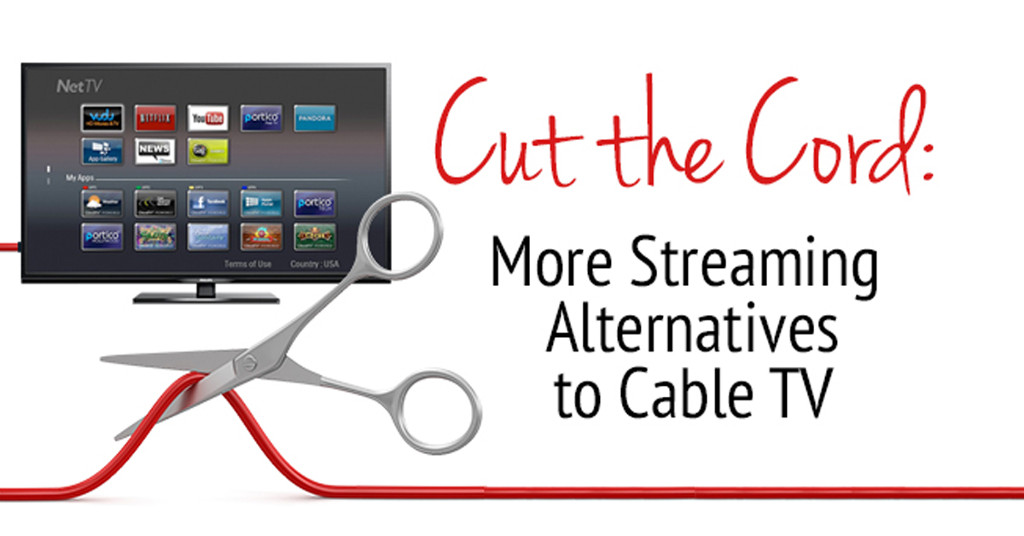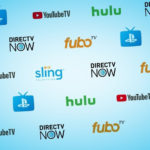Streaming services started as an add-on to DVD and digital download offerings with a trickle of second-run movies and TV shows. They were supplements to the programs you watched on their first (and second) runs on cable TV. But speedier internet connections and an abundance of video streaming devices have accelerated the decline of traditional cable. More and more viewers are cutting the cord entirely in favor of dedicated streaming alternatives.
Tech Giants enter the fray
Entertainment and tech giants are not blind to the threat, however, and the media landscape is rapidly changing. Consolidation and curation (that is, owning the most media properties and serving the best content) seem to be the overarching goals of the players involved.
For instance, AT&T’s (which operates live TV service DirecTV Now) purchase of WarnerMedia and all of its subsidiaries (including CNN, Crunchyroll, the CW, DC Comics, and HBO) has now cleared its last legal hurdle. Disney purchased 21st Century Fox and is launching its own video streaming service, called Disney+, later this year. Viacom even recently bought the free, ad-supported Pluto TV service. On the tech side, Apple recently overhauled the Apple TV app and unveiled Apple TV+, its forthcoming premium video streaming service.
Quality content is important
As mentioned, a video streaming service’s success largely depends on what its library offers. That’s why so many services are investing heavily in developing high-quality original content. Consider, for example, Netflix’s Stranger Things, Amazon’s The Marvelous Mrs. Maisel, and Hulu’s The Handmaid’s Tale, all of which are Emmy-winning shows. Although these services compete more on their original offerings than their resold broadcast content and post-theater-run movies, several platforms have also saved popular shows from the grave. Without these hooks, standalone video streaming services would likely be unable to compete with existing entertainment behemoths.
Complete cable replacement
Apart from on-demand video streaming services, complete cable-replacement services with live broadcasts are becoming increasingly viable and attractive options. Some of the best services, for example, such as fubo, Hulu, Sling TV, and YouTube TV, offer robust channel collections with excellent DVR functionality. Even DirecTV Now and PS Vue are more practical now, as they no longer require specific hardware to use.
Smaller and sometimes cheaper options also exist with a more limited focus. For example, Philo primarily offers entertainment content, while ESPN+ is best suited for sports fans. Crackle, Pluto TV, Mubi, and various anime-streaming sites attract certain audiences as well. Although it is not what typically comes to mind, Vimeo also offers a small selection of indie films and video projects via it’s On Demand section. Plex is yet another option for streaming your local media content as well as a platform for free over-the-air cable (provided you have the right hardware).
VPN’s play a role
You should use a virtual private network (VPN) for all your internet-related tasks, but VPNs are particularly useful for streaming services since they can sometimes grant access to region-locked content. For example, if you connect to a VPN server in the UK from a device in the US, you may be able to watch free content from BBC TV. That said, streaming services are cracking down on VPN usage, so we recommend signing up for a trial to test your network setup before fully committing to a service. Make sure to check out our guide on how to unblock Netflix with a VPN as a starting point.
Be careful of what you subscribe to
If you want to cut the cord, here’s our rundown of what you can expect from the most popular services. You shouldn’t fall into the trap of paying more for video streaming services than you did for cable, so make sure to only sign up for those that offer the content you actually want to watch. If we missed your favorite option, make sure to let us know in the comments.





